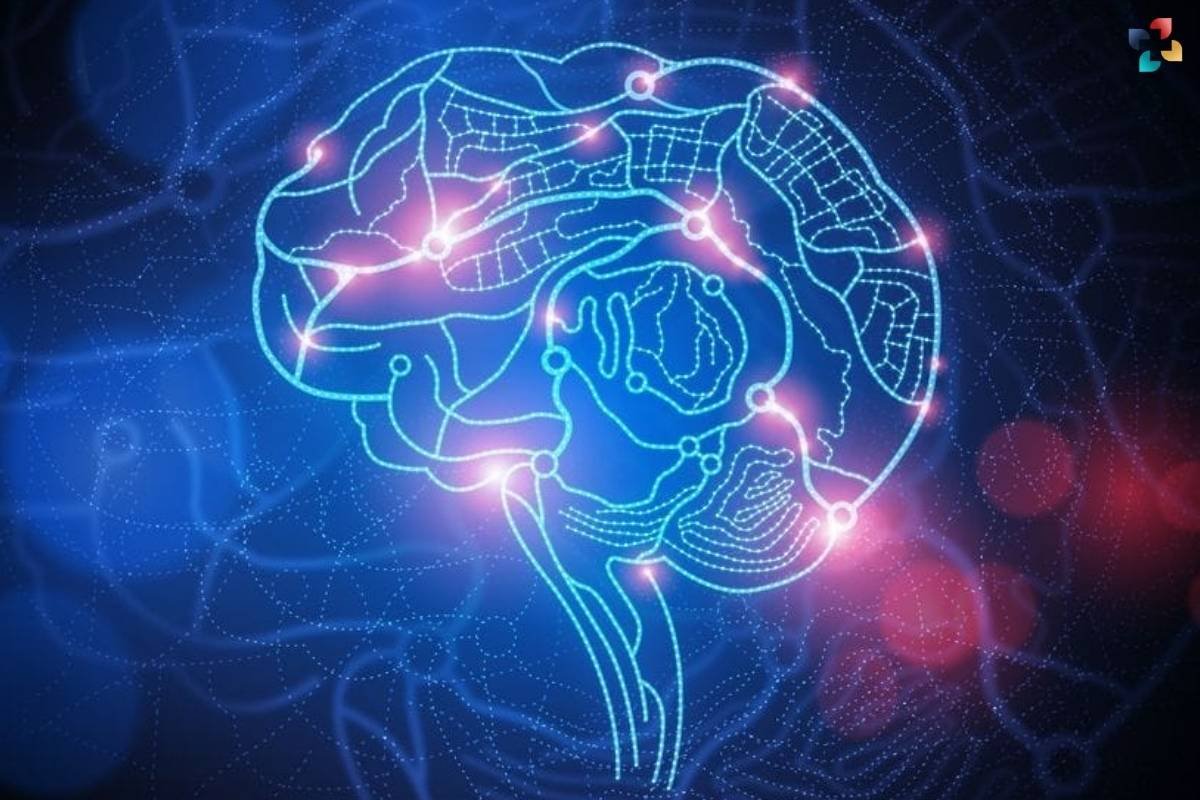Source-solaceasia
Groundbreaking Development
A team of researchers from the University of Michigan, the Weizmann Institute of Science, and the University of Pennsylvania has achieved a significant breakthrough in stem cell research. They have developed the first-ever stem cell culture method capable of producing a complete model of the early stages of the human central nervous system. This pioneering achievement marks a significant milestone in the field of biomedical science.
Key Findings and Implications
The newly developed model termed a 3D human organoid, replicates key structural and functional properties of the human central nervous system during its embryonic development. Unlike previous models, which only mimicked isolated parts of the central nervous system and lacked organization, this novel approach encompasses the development of all three sections of the embryonic brain and spinal cord simultaneously. This comprehensive model offers unprecedented opportunities for studying human brain development and understanding the pathogenesis of developmental brain diseases.
Future Directions and Ethical Considerations
Moving forward, the research team aims to utilize this model to study various human brain diseases using patient-derived stem cells. Moreover, they plan to investigate the interplay among different parts of the brain during development and explore the mechanisms underlying movement control via the spinal cord. However, it is essential to ensure that experiments adhere to ethical guidelines and are conducted with careful consideration of the scientific questions at hand. While the model does not encompass all features of the human central nervous system, such as peripheral nerves and functioning neural circuitry, it represents a significant advancement in stem cell research.
Overall, this groundbreaking study opens new avenues for fundamental research into human brain development and the pathology of developmental brain diseases. By providing a comprehensive model of the early human central nervous system, researchers can gain insights into the underlying mechanisms of neurological disorders and develop novel therapeutic strategies to address them.
Also Read: Understanding CNS Lymphoma: Symptoms, Diagnosis, and Treatment Options








